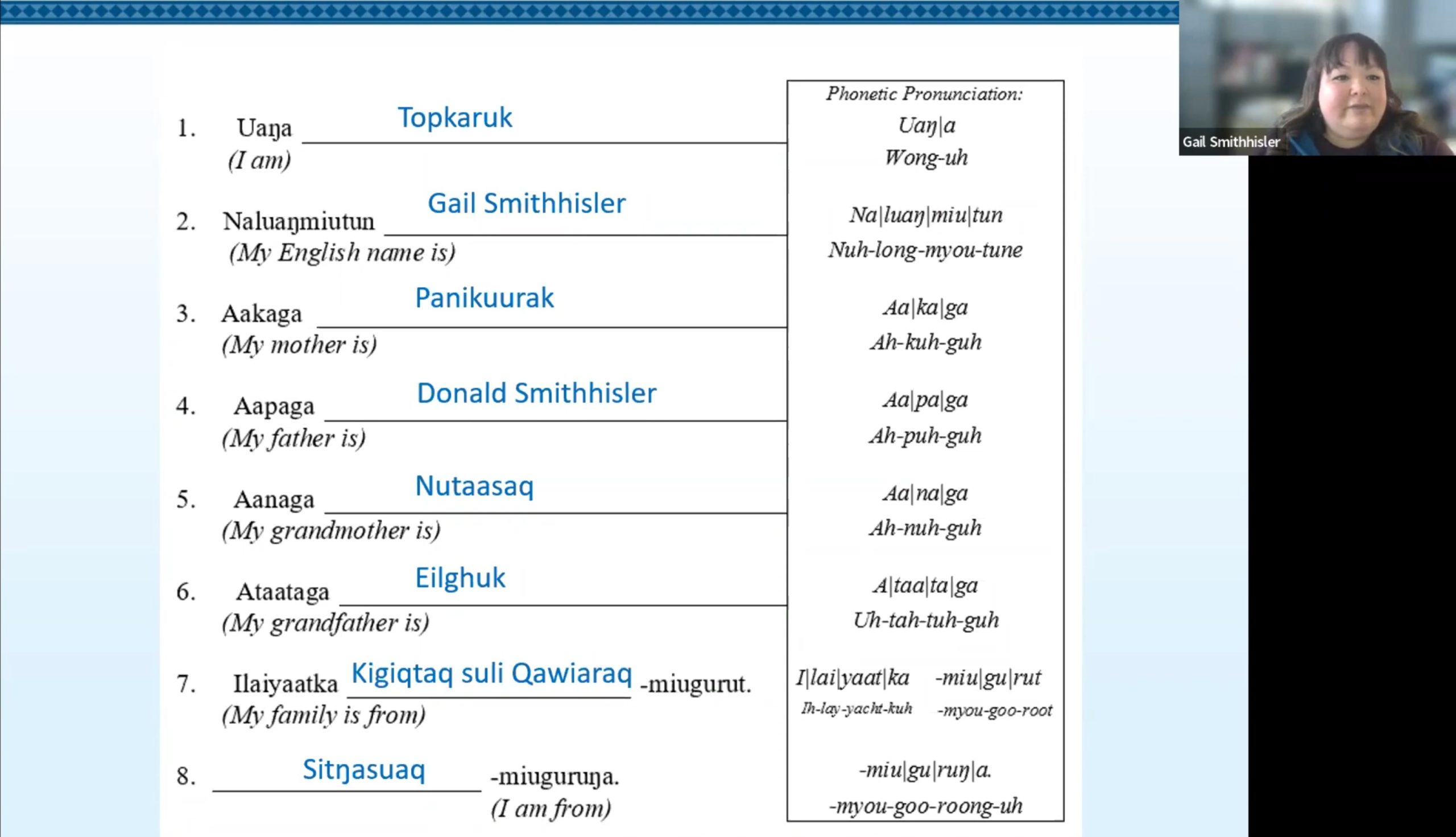Podcast: Play in new window | Download | Embed
The Interior Department is spending around $40 million in tribal communities to plug old oil and gas wells that have caused serious pollution.
A portion of that spending is going to states in the mountain west region.
Emma VandenEinde of the Mountain West News Bureau has more.
This first round of grant money will primarily assess the abandoned oil and gas wells.
Some funds will go towards actually plugging them. That’s critical to stop methane leaks and contaminated water from further harming tribal communities.
The Navajo Nation will receive nearly $5 million, and the Southern Ute Tribe will get about $500,000.
Four tribes in Montana will receive more than $4 million total to assess about 330 wells.
This is part of the Interior’s master plan to spend billions on cleaning up legacy pollution on public, private and state lands as well.
Interior Secretary Deb Haaland (Laguna Pueblo) spoke about the investment at an event in Colorado.
“These toxic sites pollute backyards where children play, recreation areas and community spaces. They have also threatened homeowners ability to thrive in the one place where they should be happy and comfortable.”
She says Interior has also created a specialized Orphaned Wells Program office to oversee the projects.
 Alaska is home to more than 20 Alaska Native languages, but over the last century, the number of fluent speakers has declined.
Alaska is home to more than 20 Alaska Native languages, but over the last century, the number of fluent speakers has declined.
One woman in Nome, Alaska is using social media as a tool to teach the Inupiaq language.
KNOM’s Ava White has the story.
Gail Smithhisler runs a Facebook page called “Iñupiaq Word of the Day.”
She posts daily videos of herself teaching the meaning, spelling, and provides a phonetic pronunciation of words and phrases from the language.
The “Iñupiaq Word of the Day” started in 2010 on Facebook featuring community members sharing words and phrases in various Iñupiaq dialects.
Smithhisler grew up hearing Iñupiaq spoken by her grandparents and elders in Nome.
After she began running the page in 2020, she enrolled in UAF’s ‘Introduction to the Iñupiaq Language’ class at Nome’s Northwest Campus.
“I felt soulful and happy. After each class I was very mentally drained from trying to retain all the information, but I was so hungry to learn more. I was like, ‘this is what I needed.”
Smithhisler created a TikTok account in 2020 and has since received tens of thousands of views, and thousands of followers.
She says TikTok is more popular among younger age demographics and bridges the gap in language revitalization.
“The health of our language kind of depends on young people, as well as our older people who are fluent. Because our elders and our older people that are fluent, they’re not going to be around forever.”
Smithhisler draws inspiration from elders, and utilizes their knowledge of pronunciations for her videos.

Courtesy Shakopee Mdewakanton Sioux Community
Minnesota will celebrate Indigenous People’s Day as an official state holiday for the first time this year.
Native News Online reports this comes after state lawmakers passed a bill in February requiring the observation in the state and eliminating Columbus Day.
Indigenous People’s Day has been celebrated for years in the state through a proclamation.
The Native American caucus and the state’s 11 tribes advocated for the state holiday.
On Monday, schools are also required to dedicate at least one hour of education to students about the day’s significance.
Get National Native News delivered to your inbox daily. Sign up for our newsletter today.



